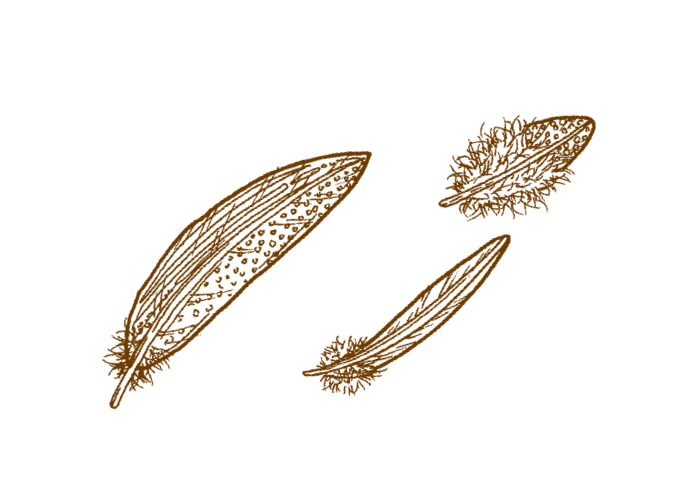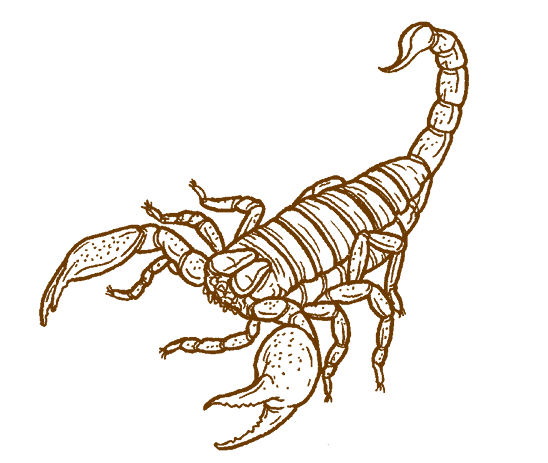
Vulturine Guineafowl
Acryllium vulturinum
(a-krill-e-um vul-chur-e-num)

These guineafowl have featherless heads and necks, like vultures. But vultures are bald so they can feed on carcasses without their head feathers becoming filthy, while vulturine guineafowls mostly eat plants. They also sport a band of brown feathers on the back of their blue-grey heads.
Both sexes stand between 23 and 28 inches tall (60–72 cm) and weigh between 22 and 35 pounds (10–16 kg). They also have the same coloring, so it can be difficult to tell them apart by sight alone. They do behave differently, though—males fight one another over food, mates, and territory. Males also carry themselves differently, trying to look as large and intimidating as possible to frighten off any competition for a female guineafowl’s attention.

Where They Live
To see these birds in their natural habitat, you’ll have to go to East Africa, where you’ll find them in the tropical regions of Kenya, Ethiopia, Somalia, Uganda, and Tanzania.
They enjoy humid lowland forests and dry grasslands and live in large groups of around 25 individuals—safety in numbers!
What They Eat
These guineafowl usually dine on grass, leaves, roots, fruit, and seeds. Sometimes they’ll eat insects, small reptiles, and scorpions, which they dig up from the ground with their sharp claws.

Conservation Status
Least Concern
These guineafowl are relatively plentiful, in part because they don’t have many predators. However, they do have a few—for example, larger birds, monkeys, and pigs, which like to eat their eggs. And humans enjoy hunting them for their vibrant blue feathers, which are highly sought after.
Fun Facts
